A selection of the Schedule 9 plants are shown above. They are, from top left to bottom right: Japanese knotweed (Fallopia japonica), giant knotweed (F. sachalinensis), Japanese rose (Rosa rugosa), the variegated form of yellow archangel (Lamiastrum galeobdolon ssp. argentatum), Virginia creeper (Parthenocissus quinquefolia), giant hogweed (Heracleum mantegazzianum), water hyacinth (Eichornia crassipes), parrot's feather Myriophyllum palustris and Himalayan balsam (Impatiens glandulifera). Invasive plants are recorded as part of Cheshire Ecology's Extended Phase 1 Habitat Survey and more detailed surveys can be provided when this proves necessary. Developers are always advised to have a invasive plant survey carried out before they purchase land or enter into a lease. Japanese knotweed can grow from a piece of root as small as your fingernail and the roots often spread for 7 metres or more from the visible part of the plant, making control particularly difficult.For further information please visit the Royal Horticultural Society's website.
Copyright © 2014 - Martin Page
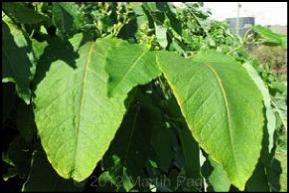
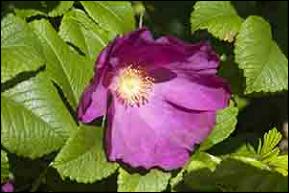
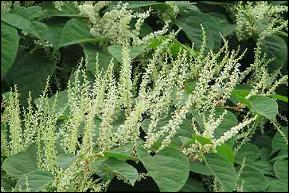
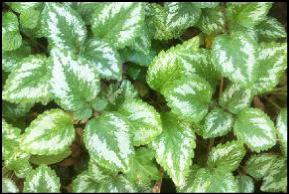
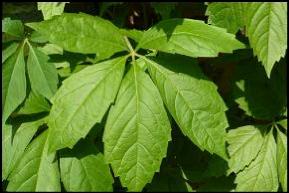
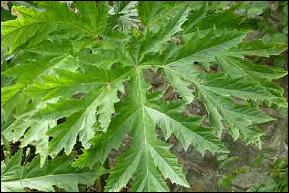
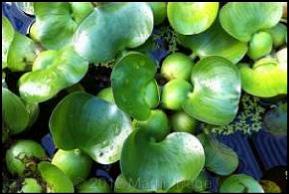
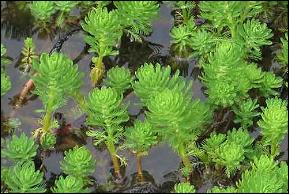
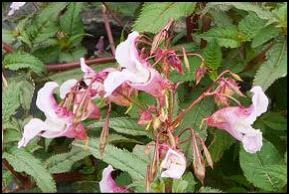
Copyright © 2018 - Martin Page
